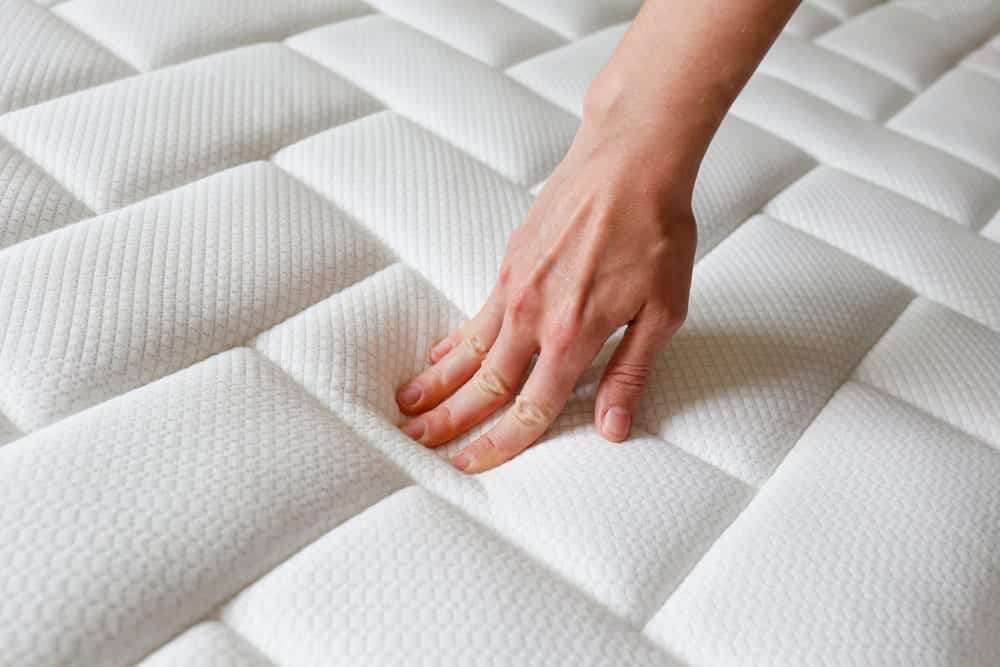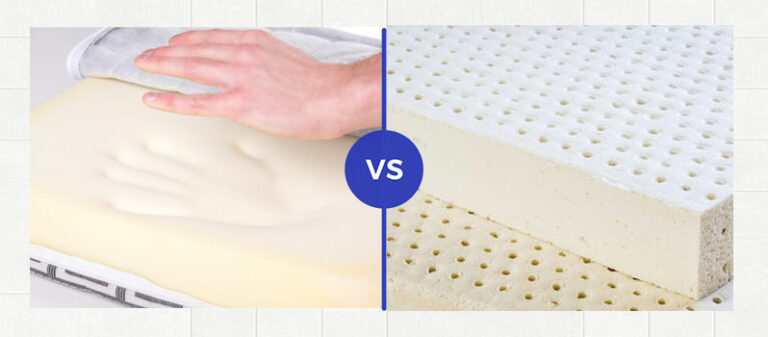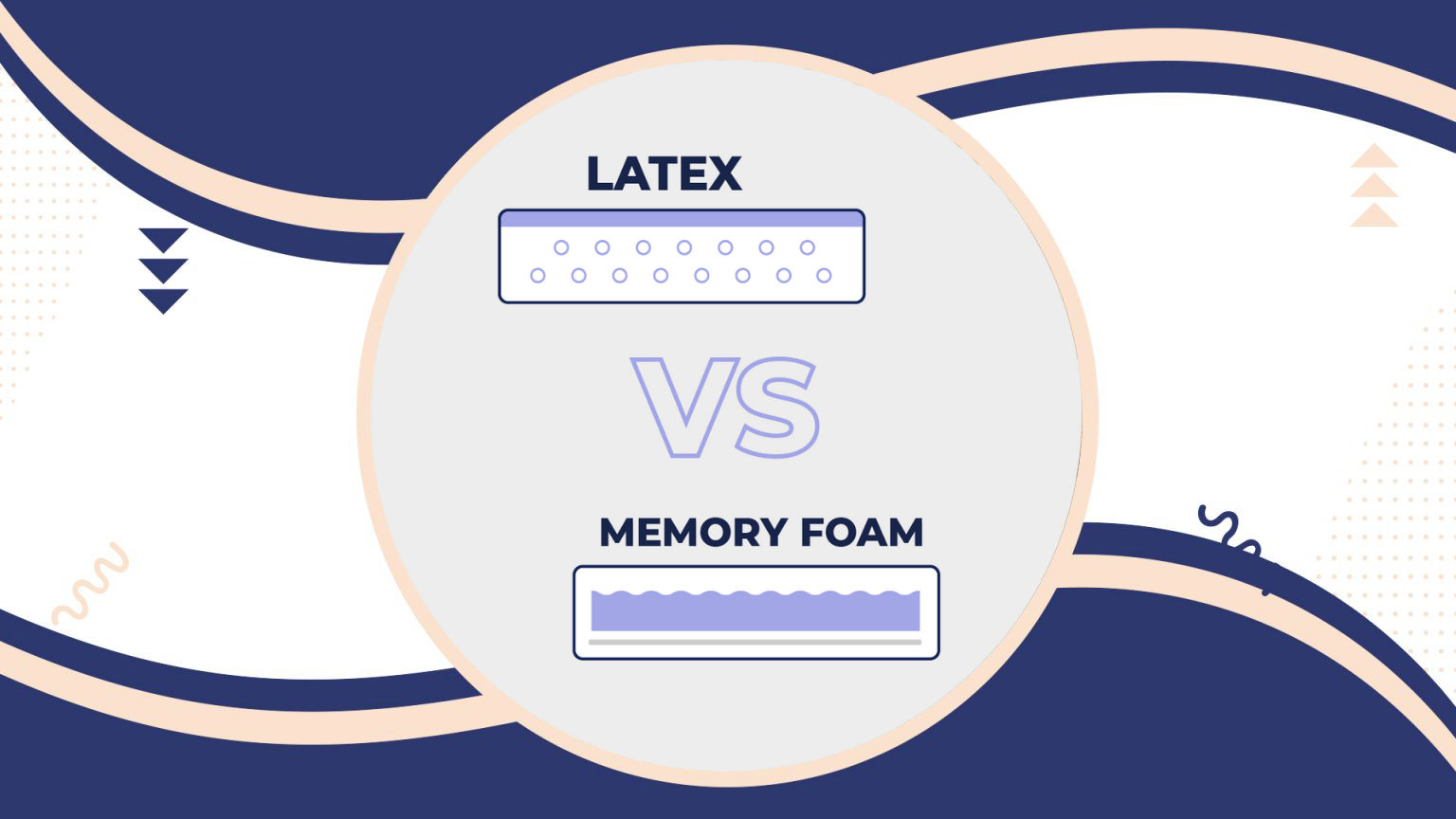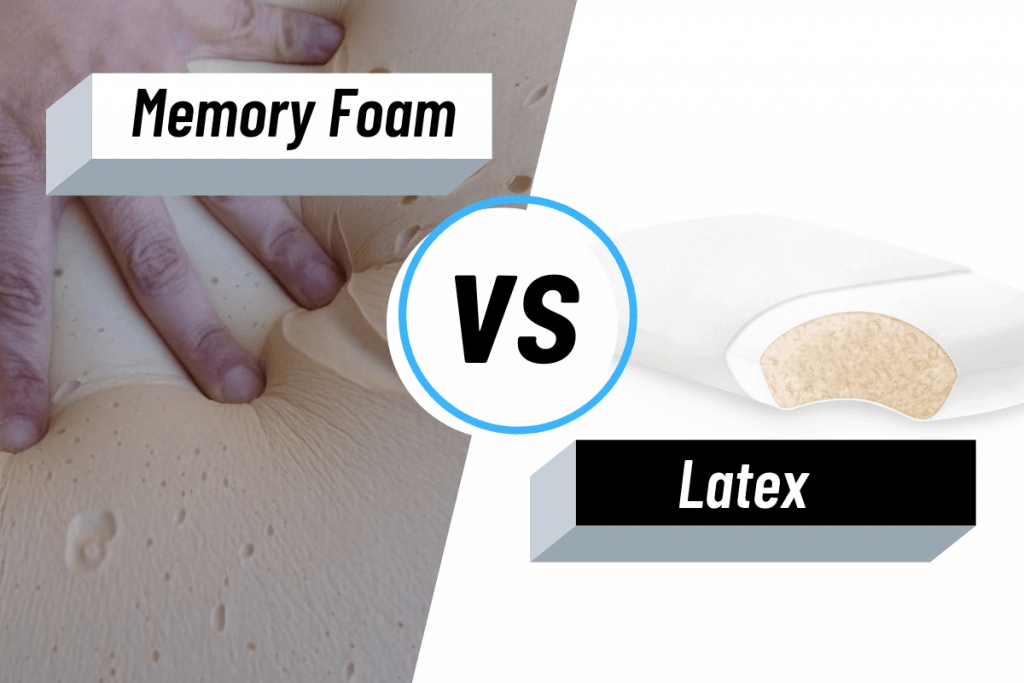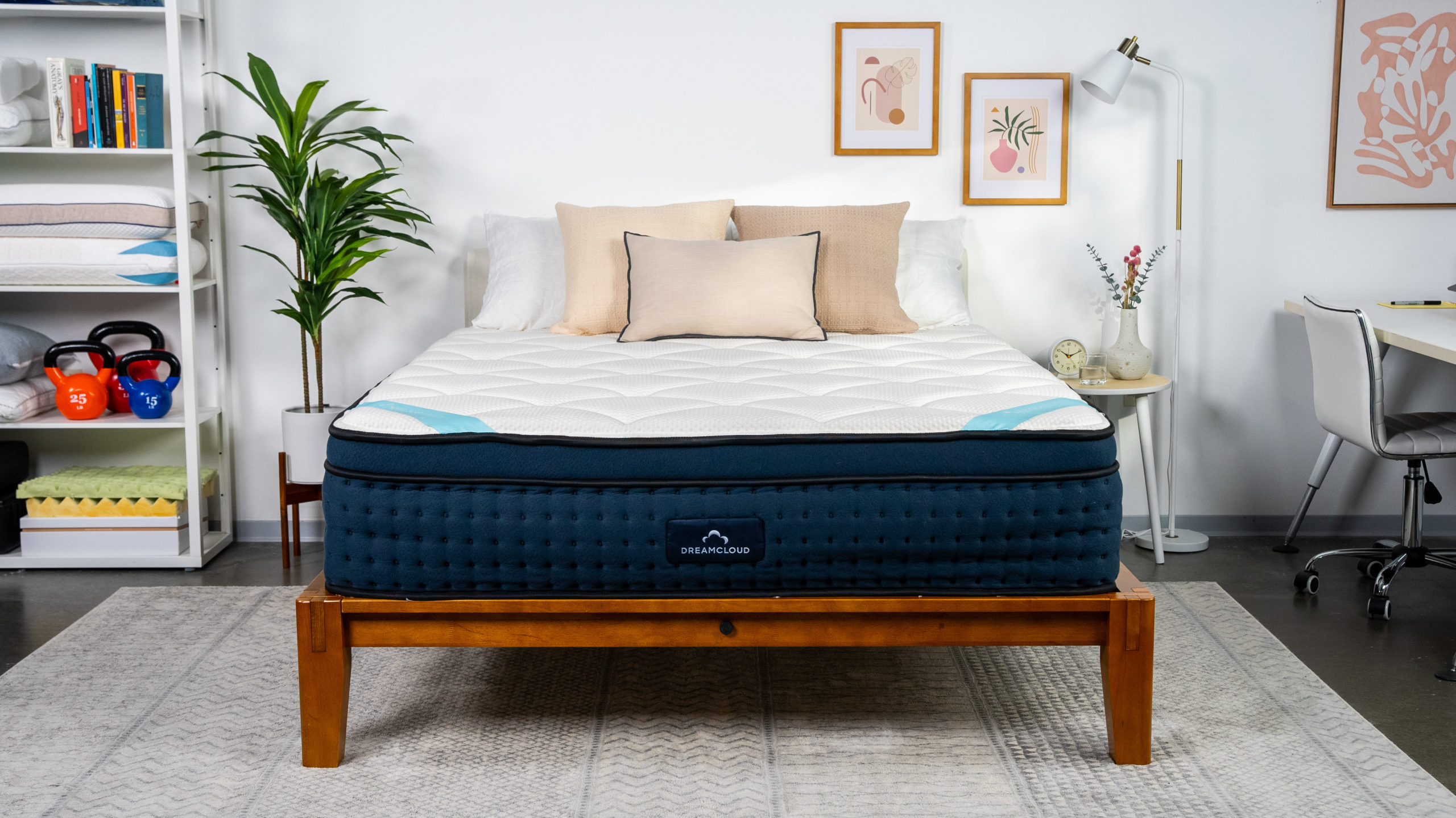Understanding Latex Mattress Firmness: A Comprehensive Guide
When it comes to choosing a latex mattress, one of the most important factors to consider is its firmness. But what exactly does firmness mean in the world of mattresses? And how do you know which level of firmness is right for you? In this comprehensive guide, we will break down everything you need to know about latex mattress firmness and help you choose the perfect mattress for your needs.
Explaining the Different Levels of Firmness in Latex Mattresses
The first thing to understand about latex mattress firmness is that it is typically measured on a scale of 1 to 10, with 1 being the softest and 10 being the firmest. This scale is often referred to as the "firmness scale" or "comfort scale." Most latex mattresses fall somewhere between a 5 and 7 on this scale, with some variations depending on the brand and model.
There are three main levels of firmness in latex mattresses: soft, medium, and firm. Let's take a closer look at what each of these levels means and who they are best suited for.
Soft (1-3 on the Firmness Scale)
Latex mattresses with a soft firmness level are typically the most plush and cushioned. They provide a sinking sensation and contour to the body, making them ideal for side sleepers or those who prefer a softer sleeping surface. Soft latex mattresses are also great for those with pressure point issues or joint pain as they can provide relief and prevent further discomfort.
However, it's important to note that soft mattresses may not be the best choice for stomach sleepers or those with lower back pain, as they can cause the body to sink too deeply and put added strain on the spine.
Medium (4-6 on the Firmness Scale)
Medium firmness latex mattresses are the most versatile option, as they offer a balance of support and comfort. They are suitable for all sleeping positions and can provide pressure relief while still maintaining proper spinal alignment. Medium firmness mattresses are also a good choice for couples with different sleeping preferences.
However, it's important to keep in mind that the medium firmness level may not provide enough cushioning for those with significant pressure point issues or chronic pain.
Firm (7-10 on the Firmness Scale)
Firm latex mattresses offer the most support and are best suited for back and stomach sleepers. They provide a stable surface that keeps the body in a neutral position, which is important for those with back pain. Firm mattresses also tend to have a longer lifespan compared to softer options.
However, firm mattresses may not be suitable for side sleepers or those who prefer a more plush sleeping surface. They can also be too rigid for those with joint pain or pressure point issues.
How to Choose the Right Firmness for Your Latex Mattress
Now that you understand the different levels of firmness in latex mattresses, you may be wondering how to choose the right one for your needs. Here are a few factors to consider:
The Science Behind Latex Mattress Firmness
So, how is the firmness of a latex mattress determined? The answer lies in the material itself. Latex foam is made from the sap of rubber trees, which is then processed using one of two methods: Dunlop or Talalay.
The Dunlop method produces a denser and firmer latex foam, while the Talalay method creates a lighter and more buoyant foam. The combination of these methods, along with the addition of air pockets and pinholes, allows manufacturers to control the firmness and overall feel of the latex foam.
Breaking Down the Firmness Scale for Latex Mattresses
As mentioned earlier, the firmness scale for latex mattresses typically ranges from 1 to 10. Here is a breakdown of what each number on the scale represents:
Latex vs. Memory Foam: Which Has Better Firmness Options?
When it comes to mattress materials, latex and memory foam are two of the most popular options. But how do they compare in terms of firmness options? While both materials offer a range of firmness levels, there are a few key differences to note.
Firstly, memory foam is known for its ability to contour to the body and provide pressure relief, making it a popular choice among those with chronic pain. However, it tends to have a slower response time and can make you feel like you are "sinking" into the mattress, which some people may not prefer.
On the other hand, latex mattresses have a quicker response time, providing a more "bouncy" and responsive feel. They also tend to be more breathable and temperature-neutral compared to memory foam, which can trap heat. However, latex may not offer as much contouring and pressure relief as memory foam.
In terms of firmness options, both materials offer a similar range, but latex mattresses tend to have a wider range of firmness levels for each individual material, as they can be made using different processing methods.
Why Firmness Matters in a Latex Mattress
Now that you understand the different levels of firmness and how they are determined in latex mattresses, you may be wondering why firmness matters in the first place. The truth is, the firmness of your mattress can greatly impact your sleep quality and overall comfort.
A mattress that is too soft or too firm can cause discomfort and even lead to pain and stiffness in the body. On the other hand, a mattress with the right level of firmness can provide proper support and spinal alignment, leading to a more comfortable and restful sleep.
The Importance of Finding the Right Firmness for Your Latex Mattress

Why Firmness Matters
 When it comes to choosing a mattress, firmness is a key factor that can greatly impact your quality of sleep. It refers to the level of support and comfort that a mattress provides, and can greatly affect your posture, pressure points, and overall sleep experience. This is especially true for latex mattresses, which are known for their unique ability to contour to the body and provide support. Understanding the different levels of firmness available for latex mattresses is essential in finding the perfect fit for your needs.
When it comes to choosing a mattress, firmness is a key factor that can greatly impact your quality of sleep. It refers to the level of support and comfort that a mattress provides, and can greatly affect your posture, pressure points, and overall sleep experience. This is especially true for latex mattresses, which are known for their unique ability to contour to the body and provide support. Understanding the different levels of firmness available for latex mattresses is essential in finding the perfect fit for your needs.
How Firmness is Measured
 Firmness is measured on a scale from 1 to 10, with 1 being the softest and 10 being the firmest. Most latex mattresses fall between a 5-7 on this scale, offering a balance of support and comfort. However, there are variations within this range that can make a significant difference in your sleep experience. For example, a 5-6 firmness level may be better for side sleepers, while a 7-8 firmness level is ideal for back and stomach sleepers.
Firmness is measured on a scale from 1 to 10, with 1 being the softest and 10 being the firmest. Most latex mattresses fall between a 5-7 on this scale, offering a balance of support and comfort. However, there are variations within this range that can make a significant difference in your sleep experience. For example, a 5-6 firmness level may be better for side sleepers, while a 7-8 firmness level is ideal for back and stomach sleepers.
Factors That Affect Firmness
 There are several factors that can influence the firmness of a latex mattress. The type of latex used, whether it is natural or synthetic, can impact the overall firmness. Additionally, the thickness and density of the latex layers can also affect the feel of the mattress. Lastly, the firmness can also be influenced by the type of support system used in the mattress, such as a coil or foam base.
There are several factors that can influence the firmness of a latex mattress. The type of latex used, whether it is natural or synthetic, can impact the overall firmness. Additionally, the thickness and density of the latex layers can also affect the feel of the mattress. Lastly, the firmness can also be influenced by the type of support system used in the mattress, such as a coil or foam base.
Finding Your Perfect Firmness
 It's important to keep in mind that the perfect firmness for your latex mattress is subjective and dependent on your individual preferences and sleeping style. While some may prefer a softer feel, others may prefer a firmer one. The best way to determine your ideal firmness is to try out different options and see which one provides the most comfort and support for your body.
In conclusion
, finding the right firmness for your latex mattress is crucial in achieving a good night's sleep. It's important to consider your own needs and preferences, as well as the factors that can affect firmness, in order to make an informed decision. With the right level of firmness, you can enjoy the full benefits of a latex mattress and wake up feeling refreshed and rejuvenated.
It's important to keep in mind that the perfect firmness for your latex mattress is subjective and dependent on your individual preferences and sleeping style. While some may prefer a softer feel, others may prefer a firmer one. The best way to determine your ideal firmness is to try out different options and see which one provides the most comfort and support for your body.
In conclusion
, finding the right firmness for your latex mattress is crucial in achieving a good night's sleep. It's important to consider your own needs and preferences, as well as the factors that can affect firmness, in order to make an informed decision. With the right level of firmness, you can enjoy the full benefits of a latex mattress and wake up feeling refreshed and rejuvenated.





